Circular Economics and Qualitative Economics in Next Economy
Woodrow W. Clark II and Wayne W. Clark (*)
Wayne and I noted earlier in one of our Thrive blogs, that due to the coronavirus there will be a change in large gatherings of people whether at schools, concerts, religious services, conventions, sporting events, all will require the creation of alternative ways to be together. Already we see digital convening of choirs singing, city councils holding meetings, serial scheduling to create smaller groups, and offices functioning online from a distance. Music videos are streaming so that songs from the past are reinvented to reflect todays issues such as The Day Democracy Died .
Today we have car safety and transportation rules that car manufacturers need to comply with and laws to protect our children and grandchildren. One thing for sure there is a new expectation of the economy functioning in a more sustainable regenerative manner as exemplified by cutting edge solar powered cars Hanergy thin film all solar-powered cars
The new NORMAL will be the NEXT ECONOMY, a topic especially important to all generations and a focal point of our continued series on Baby Boomers in retirement. The New Normal is The Next Economics which is also informed by the concepts of Circular Economics (CE), a topic I (Woody) have written about and published papers in peer-reviewed journals. My next book Circular Economics TOC Table of Contents (TOC) will be out in the fall of 2020.
I have researched and published on problems of traditional classical economic theory where I challenge Adam Smith’s 18th Century economic theory dependent on the linear “supply-demand” model with “government” (SDG) as the “invisible hand”, a theory which never worked. Instead my co-authors and I have proposed that economics needs to become more of a science that uses a balance of quantitative data, qualitative observations, and case analysis for a better understanding of 21st century economies Qualitative and Quantitative Economics (Q2E) .
My favorite case of an alternative to SDG is Apple Company due to Steve Jobs when Jobs started developing the personal computer such as the Apple Macintosh Apple, the MacBook Pro, and the smartphone technology with the Apple iPhones. All of these new technologies that are needed now, had zero demand in the 1970s when they were first conceptualized. In fact, for a decade the Apple company moved ahead and did extend the use of the central computer systems, while the personal computer started to take off. In the early 1990s Steve Jobs was “removed”. What he did next was create a company called “Pixar”. Then in the early 21st Century Pixar became part of Disney and along with other media companies. Demand created by entrepreneurship, as opposed to creating a supply chain and building demand.
There are other Cases of Circular Economics like Apple, Google and others especially in Silicon Valley which are contained in a recent presentation of mine Circular economics and Sustainability. In January 2015 the European Union enacted Circular Economics in the EU for their governments, businesses, people, organizations, to provide financing for new technologies and systems. This policy created products that are agile, economical, and renewable, hence viable for the general public to acquire for their own use.
Another type of example come from Qualitative Economic cases in the medical profession whereby doctors go into other professions and create businesses related to their medical backgrounds and work, areas where they can apply their medical education, work and experiences to innovation. Consider what two medical doctors have done in their careers and now as baby boomers.
Our children and grandchildren are the key to our creating and enacting the new normal. Below are illustrations that depict this:
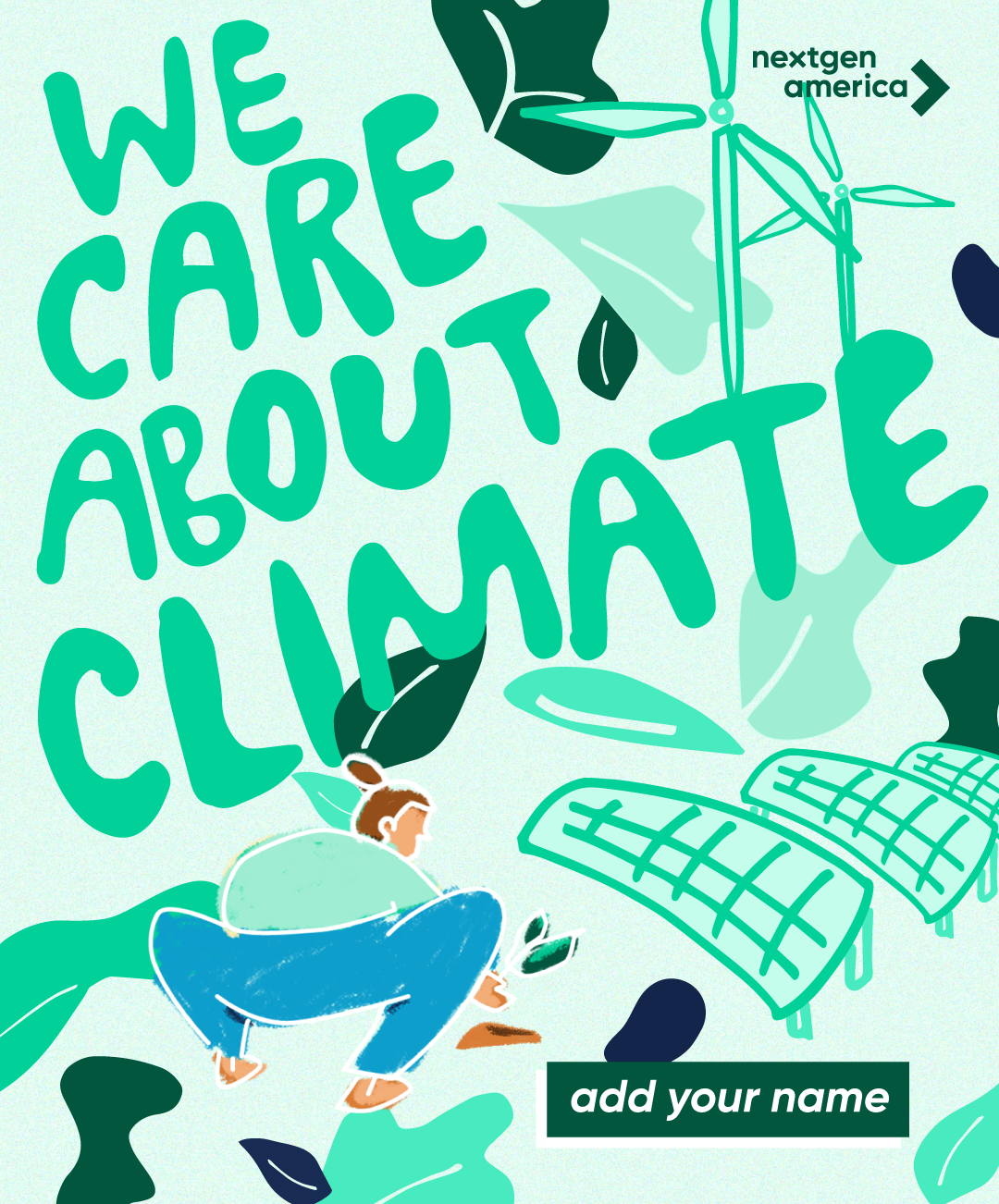
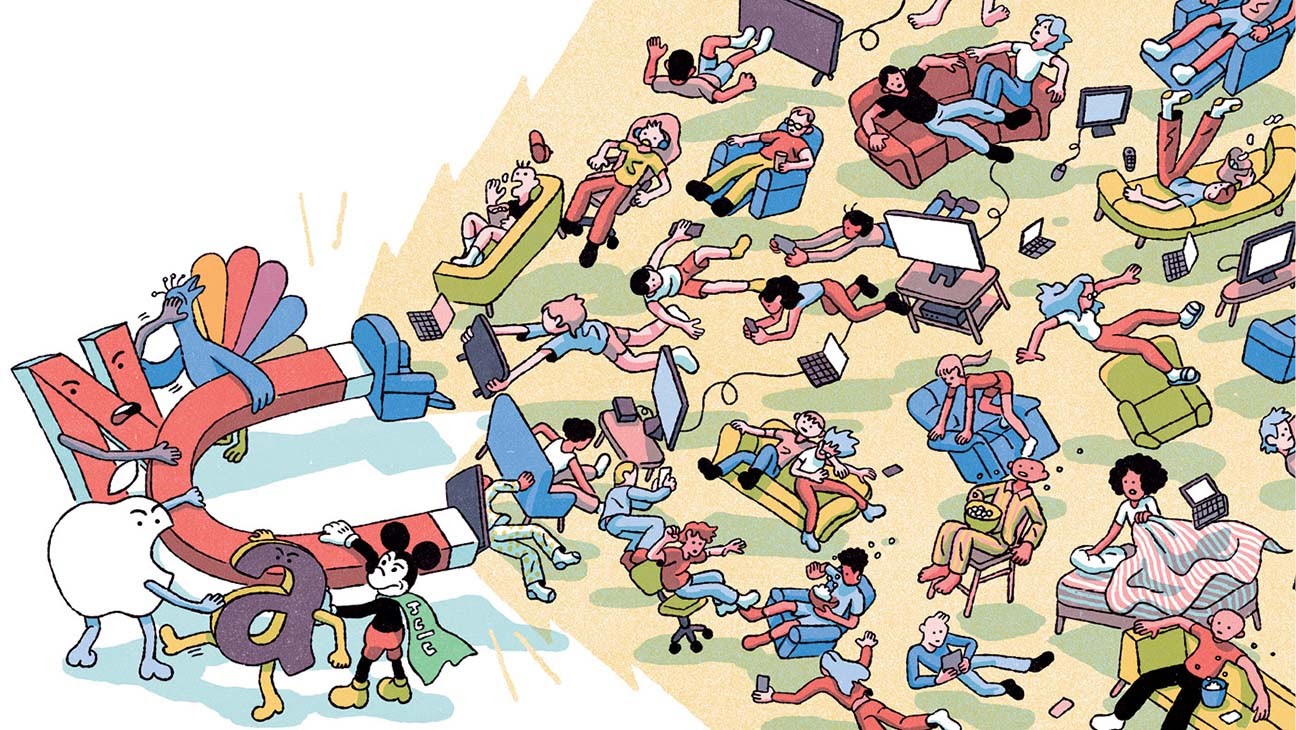
The posters above on the left state the Future and Ours. The NexGen and Millennials are doing everything virtually from education to work and even vacations.
Another example of including CE and QE approaches are represented by several companies now in fashion industry’s current “take-make-dispose model” as a key cause of environmental problems as well as experiencing economic value loss. “Every second, the equivalent of one garbage truck of textiles is landfilled or burned. An estimated USD Q$500 billion value is lost every year due to clothing being barely worn and rarely recycled”.
Good Fashion located in Netherlands, is a good case that demonstrates how the reuse of plastics is not only possible but also within reach for everyone in businesses and personal home life. The conventual fashion industry lacks resources, tools and incentives to put such changes into practice. Good Fashion helps people see a world where all fashions are good. The key is the implementation of CE as an actual Experience: for “an innovative, one-of-a-kind site designed to educate, empower and equip visitors to embrace Good Fashion thinking into their lives which helps spread to people globally.”
If nothing changes, by 2050 the fashion industry will use up a quarter of the world’s carbon budget.” Moreover, “Washing clothes releases half a million tons of plastic micro-fibers into the ocean every year, equivalent to more than 50 billion plastic bottles.”
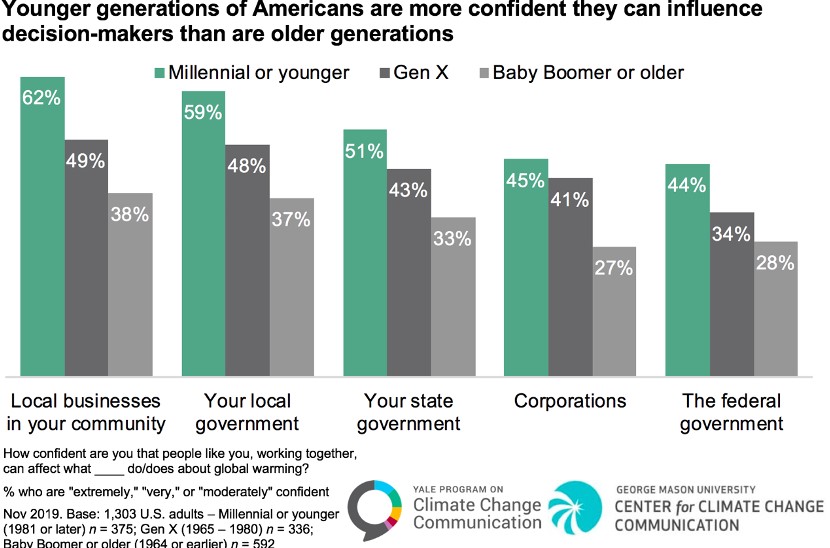
Once the products are reused which can be reused again and again when worn out or outdated. New products can be made. The environment is protected as well as the creation of new jobs, businesses and industries that are local. This is CE in action.
There was never a linear demand for plastic clothes as shown below. The use of plastics to make these dresses for women was creative and also a good “reuse” of a plastics that were traditionally dumped in trash, the oceans and other places. The world has changed in not only fashion but other areas reusing products from batteries to electronics (televisions, computers and cell phones) plus more.
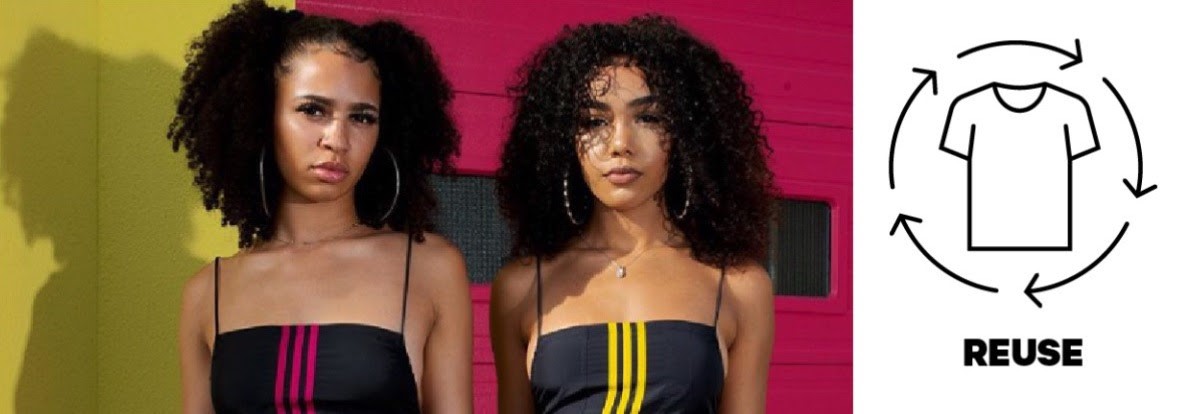
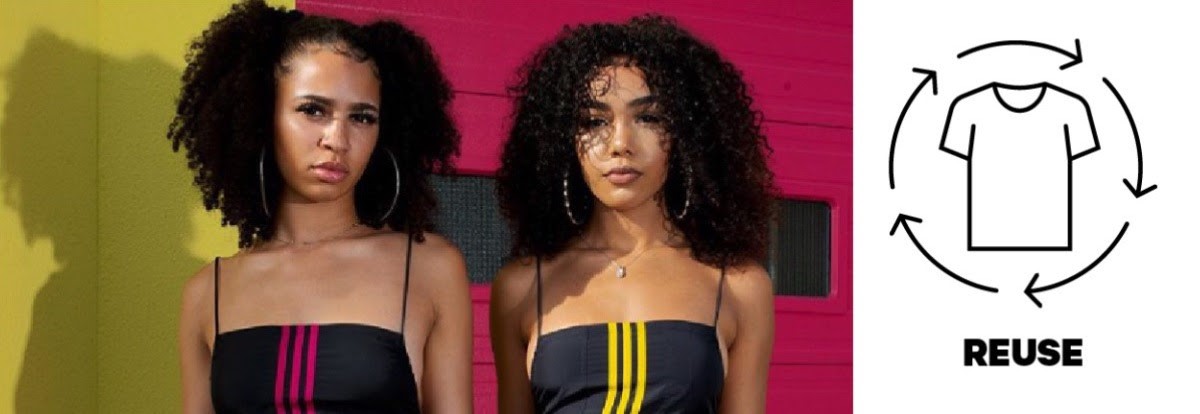
As the global economy matures, so is Circular Economics which shows that what happens in one part of the world travels or moves to other global areas due to wind, rain, ocean water and earthquakes. The CE is global and therefore brings together local concerns to create opportunities for social integration and cohesion. The impact is important to save the environment and stop global warming.
Hanergy Launches Solar Powered Cars in China 2016 and in Amsterdam there is
Lightyear company that started in 2019. The Lightyear solar-powered car does not need a battery, only the thin-film solar to power them and keep the roads and communities “green” with no pollution from fossil fuels. See below.
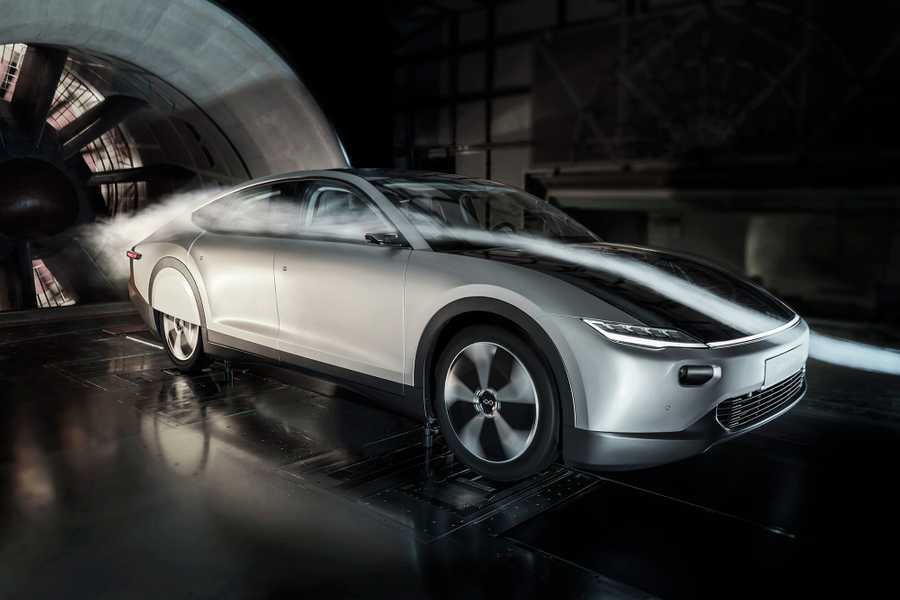
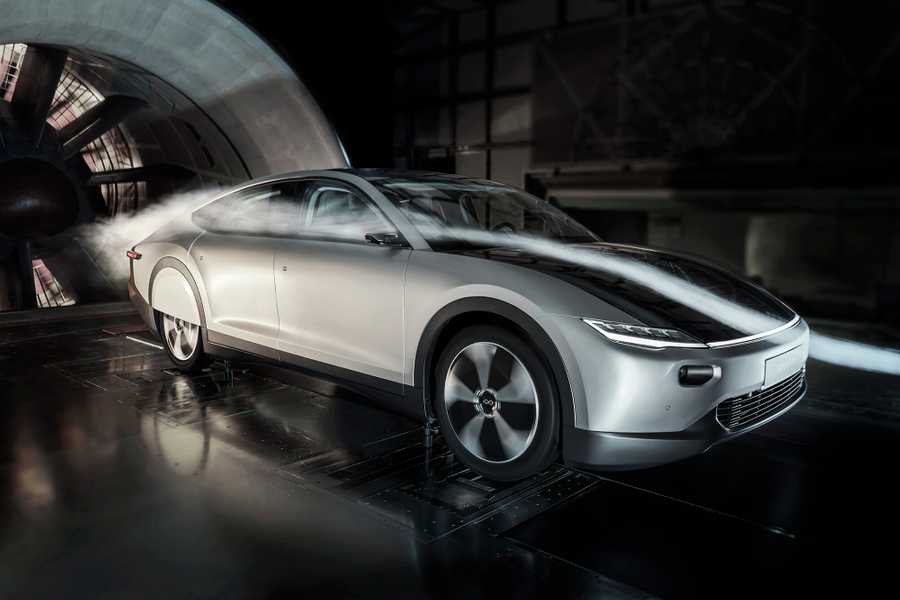
As we have mentioned previously, the Coronavirus has changed economics already, for instance insurance rates have gone down due to less automobile traffic, the list of the varieties of social change has yet to be written. The result from the Covid-19 pandemic has been less traffic on roads which means a big reduction in fossil fuels and “clean” (many environmentalists consider natural gas not “clean”) energy pollution for vehicles. To keep our environment from being polluted we need green energy powered for all modes of transportation. For example, General Motors has created prototype-electric vehicles since the 1990s. The one below is a research solar car.

This General Motors has a “station wagon” below due out in 2021

MiaSole is a division of Hanergy Silicon Valley that only sells solar panels for buildings, yet have two manufacturing plants for the thin-film solar which has closed down due to the current “issues” that China is having with the USA. We baby boomers need to support and get these companies moving in the direction of stopping (not “resilience”) climate change caused by air pollution from cars, traveling and shipping where fossil fuels are used. In regard to climate the term “resilience” is acceptance of a level of global pollution that will be catastrophic. The next generations get it. Stopping pollution is necessary, we baby boomers need to get on board.
Imagine how the solar panels on airplanes, trucks, buses, subways and trains would dramatically reduce the pollution. Our families and grand-children need a world that is not polluted and instead is supporting the environment, air and water to be green and blue at costs far below the systems we are using now. The New Normal is what Circular Economics will do to change the world and move all of us into a greener, healthier, safer and secure world.
___________________
# Woodrow W. Clark II PhD and Wayne W. Clark PhD

